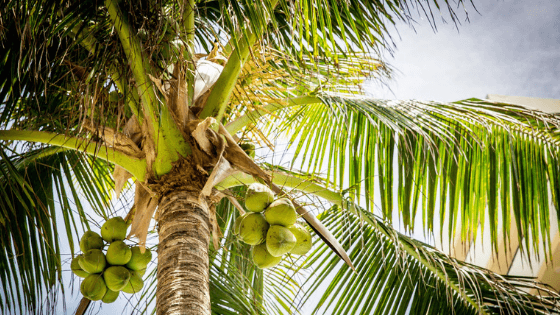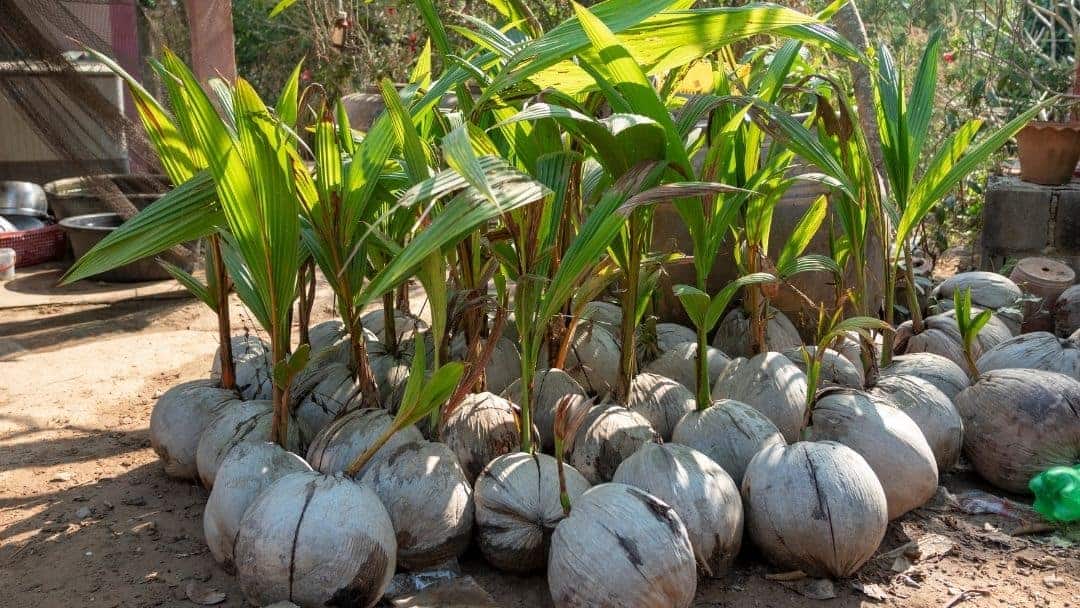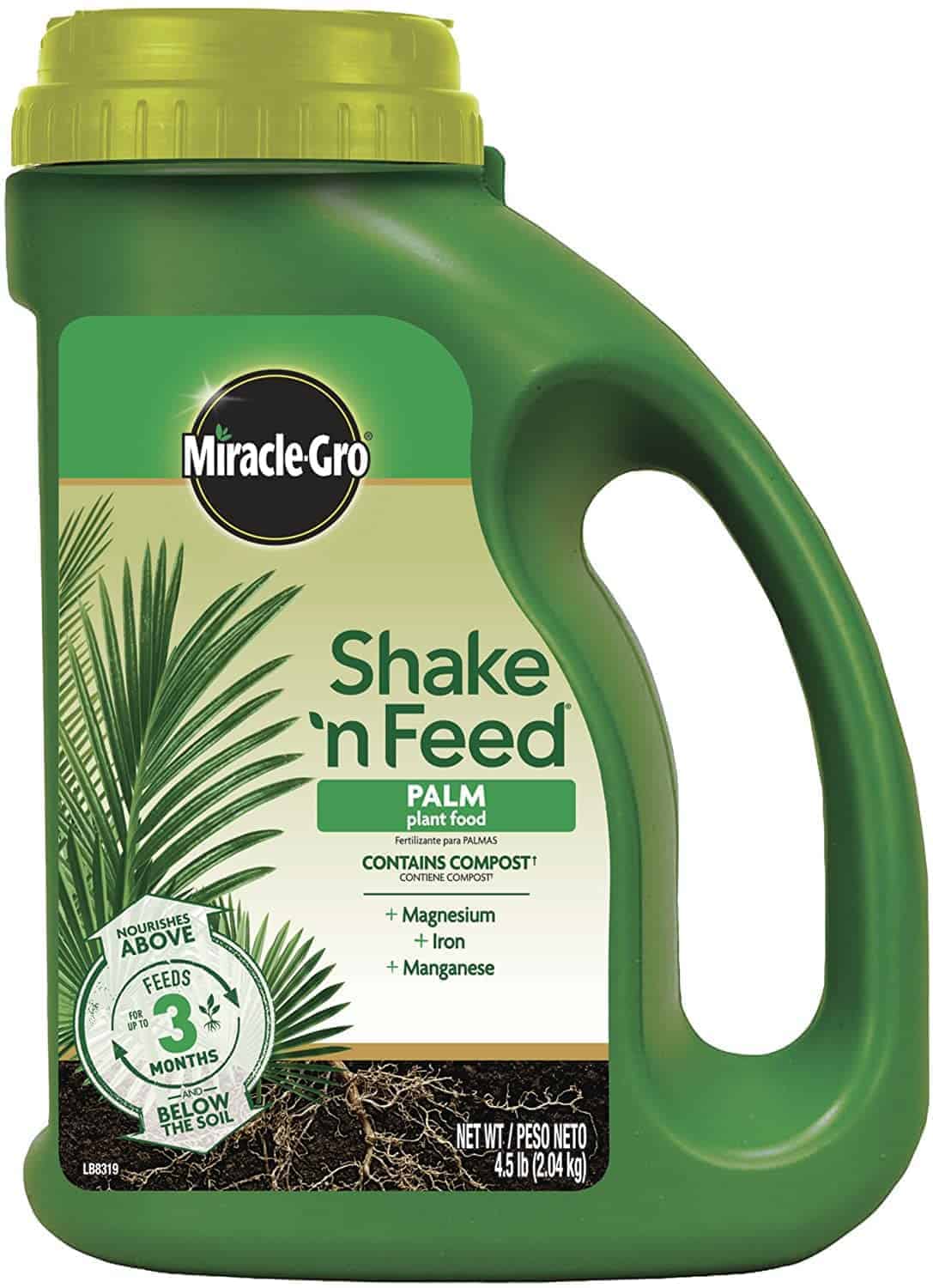“If you like piña coladas And gettin’ caught in the rain” then this post’s for you!
If you’re lucky enough to live in a place blessed with a hospitable climate, then you’d definitely want to add a coconut tree to your home’s landscape. Well, who wouldn’t? Homemade piña colada anyone??? 🧉 Or how about some healthy coconut oil to cook with? Aside from the fact that it can evoke thoughts of sun-filled days, good food, booze and spectacular sunsets, it can also produce yummy and healthy fruits or even oils for cooking and skincare.
With proper care and small doses of organic soil nutrient mixes, a backyard coconut tree can produce a quantity of 50 to 200 fruits every year for up to 80 years! Isn’t that amazing?
Aside from fruits and it’s beauty, coconut trees are considered the most important palm variety according to many experts, economically speaking. In fact, it is the most widely grown and in demand palm plat in the world because of its copra, which is the source of coconut oil used to create a wide array of organic products like shampoos, soaps, cosmetics, and food.
Prolific production of the plant in tropical markets has barely kept up with the extreme quantity of demand in recent years. Many home products from kitchen cooking oil to skin care products list coconut oil as an ingredient. This unique palm is marketed as a very healthy oil, and that’s a view shared by many.
With all those benefits (and more) it would be nice to learn how to properly grow and fertilize this amazing tree of life, right?

All About Growing Coconut Trees
Coconut trees can be propagated from seed, by planting the coconut itself in healthy soil with plenty of nutrients. However, most coconut growers purchase young palms from nursery contractors and start their production management system from there.
Coconut palms are commonly found along tropical lawn settings and as small groves near sandy shorelines in Florida and other similar climates. And though they can tolerate salt spray and brackish soil without any plant health issues, they don’t necessarily need salt levels to be high in the soil in order to grow. As a matter of fact, soil salt content has no effect whatsoever on the trees’ growth or lack thereof.

Trivia: Did you know that a coconut fruit can float for long distances in the ocean and still germinate once it reaches the shore as long as there;s a high nutrient soil present for it to germinate? I have to admit, that’s really interesting!
Another good thing about coconut plants is that they can grow pretty well in a wide variety of soils, if you provide adequate nutrients and drainage. They need an average temperature of 72 degrees Fahrenheit or 22 degrees Celsius, and average rainfall of 30-50 inches each year.
Although these trees are easy to grow and care for, they’re still is at risk of nitrogen deficiency like many other tropical plants growing in sandy soil. These deficiencies are characterized by yellowing of the oldest leaves that can reach the entire canopy. Moreover, they are susceptible to potassium deficiency which shows as necrotic spotting on the oldest leaves, increasing to affect leaflet tips. In severe cases, the trunk is also affected. Fortunately, applying sulfur coated potassium sulfate nutrient under the canopy at the rate of 1.5 lbs/100 square feet of canopy area four times a year can help prevent deficiency your plant may have.
Aside from nitrogen and potassium deficiency, coconut palm trees are also prone to magnesium, manganese, and/or boron deficiency. So, to ensure you combat potential mineral deficiencies in your plant, it’s important that you fertilize your coconut palm trees at several stages of their growth.
Fertilizing Coconut Palm Trees

Fertilization of coconut palm trees varies according to each stage of the trees’ particular growth stage. See them below.
Fertilization at transplant
Extra nitrogen fertilization is needed by the coconut trees large green leaves to grow fully and be healthy. To supply this macronutrient, use a granular fertilizer with a 2-1-1 ratio. It should contain both slow and fast-releasing nitrogen. The quick release nitrogen system will give the tree a fast boost of nitrogen to stimulate overall plant growth. The slow-release system, on the other hand, will give gradual nitrogen to developing roots.
Fertilizing young coconut trees
Continue to fertilize the palm tree once the transplants have established by using a foliar fertilizer which is sold with either macro-nutrients or micro-nutrients. They’re different nutrients and they all come in small doses, but each one is necessary for plant production. Now lest’s talk about micro and macro nutrients!
Macros are:
- Nitrogen
- Potassium
- Phosphorus
Micros are:
- Manganese
- Molybdenum
- Boron
- Iron
- Zinc
- Copper
You may opt to combine them as most coconut growers do, or you may need the addition of a wetting agent to help the fertilizer nutrients pass through the waxy coating of the palm trees to where it can be absorbed by the plant.
For fertilizers that don’t contain a wetting agent, add three to five drops of liquid detergent to every gallon of nutrient mix.
Apply organic foliar fertilizer to young coconut trees when the weather is dry for at least 24 hours. That last part’s very important if you want the process to be effective!
Be sure to apply at regular intervals every one to 3 months, but monthly nutrient boosts are strongly recommended. Then you may opt to discontinue the organic foliar fertilizer after the first year of growth.
Granular applications are adequate when applied according to manufacturer recommendations and should still be used at the ratio of 2-1-1, but the application can now be done every three to four months at this stage.
Ready to fertilize your tree of life? Shop for affordable fertilizers at Fertilizers for Less!




